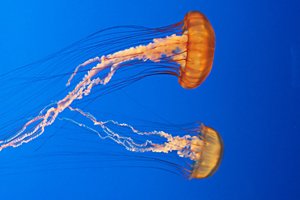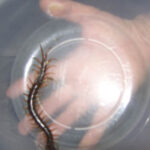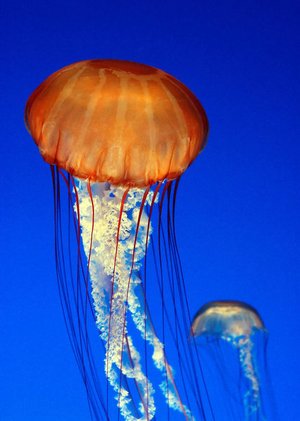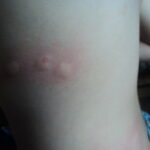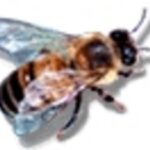You’re enjoying the ocean waves on a hot summer day, when all of sudden you’re taken aback by an excruciating stinging pain in your foot. The pain is far worse than any sting you’ve every experienced, and you realize, you’ve just been stung by a jellyfish.
The sting of a jellyfish is extremely painful, and those who have been stung by a jellyfish realize just how painful a sting can be. If a jellyfish has stung you or someone you know, it’s important to care for the sting immediately in order to ease the pain, reduce the swelling, and prevent infection.
The following instructions explain how to properly treat jellyfish stings. These simple instructions will help you ease the pain quickly and easily. Proper care is essential if you want to ease the pain and avoid complications.
Inactivate the Nematocysts
There are a few methods to quickly and effectively ease the pain of a jellyfish sting, and in order to ease the pain of a sting; it’s imperative to remove stinging nematocysts that have the potential to continue causing pain.
First of all, if you rinse the sting with fresh water, you’re likely to activate stinging cells left behind by the jellyfish, do don’t use tap water or other sources of fresh water to rinse the wound. Seawater is the only type of water you should use.
The stinging cells can be inactivated with alcoholic beverages such as vodka, rubbing alcohol, diluted ammonia, vinegar, and as a last resort, urine. Alternately you can apply wet beach sand to the wound for about twenty minutes, meat tenderizer, or fresh papaya fruit.
Remove Tentacles
After the nematocysts, or stinging cells, have been inactivated with one of the many options listed above, you’ll need to remove any tentacles that have broken off beneath the skin. Tweezers are the preferable option, but you can pull them out as long as you’re wearing a glove just in case active stinging cells remain.
Once you’ve removed tentacles broken off above the skin, you’ll need to look for bits of tentacles broken off beneath the skin. Apply shaving cream to the affected area, and carefully shave the area to remove any left over bits of tentacle.
After the wound is clean and free from tentacle fragments, repeat the method of rinsing the area with vinegar or diluted ammonia. Rinse the wound for about fifteen minutes, and pat it dry with a clean towel.
Reduce Itching and Inflammation
To prevent itching, apply non-prescription hydrocortisone cream to the affected area a few times each day, or .5% steroid cream obtained through your doctor. The steroid cream will help reduce inflammation as well as itching.
In addition to applying a topical product, oral antihistamine can help reduce inflammation. Also, in an effort to ease the pain, take the recommended dosage of acetaminophen instead of aspirin. Jellyfish stings are prone to bleeding, and aspirin could prevent the blood from clotting at the site of the wound.
When to Seek Medical Care
If the victim of a jellyfish sting experiences nausea, vomiting, dizziness, or other symptoms of shock, seek emergency medical care immediately. Jellyfish stings are rarely fatal, but without proper care, complications including infection or allergic reactions can arise.
Reference:
- Visit MayoClinic.com to learn more first-aid tips and other valuable information regarding specific medical conditions.
